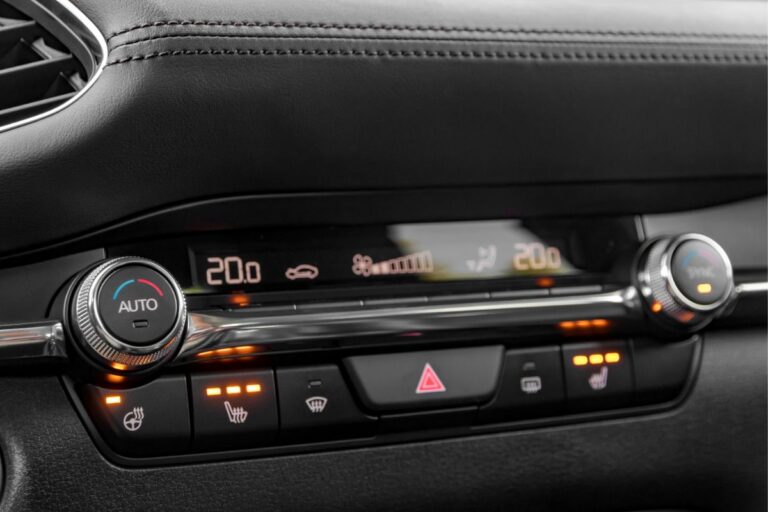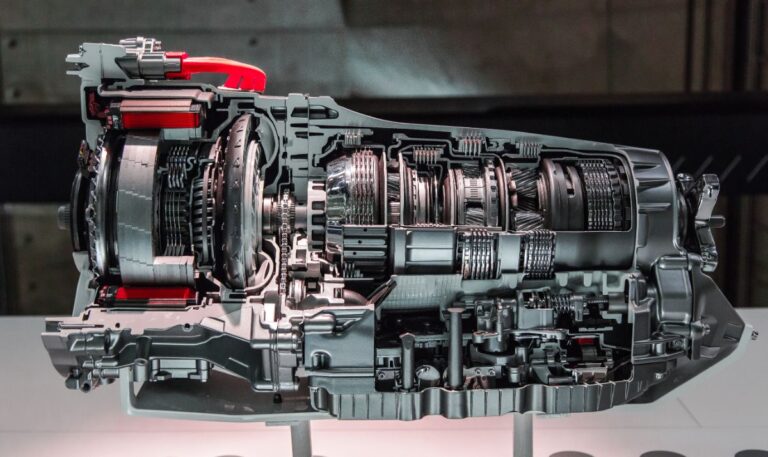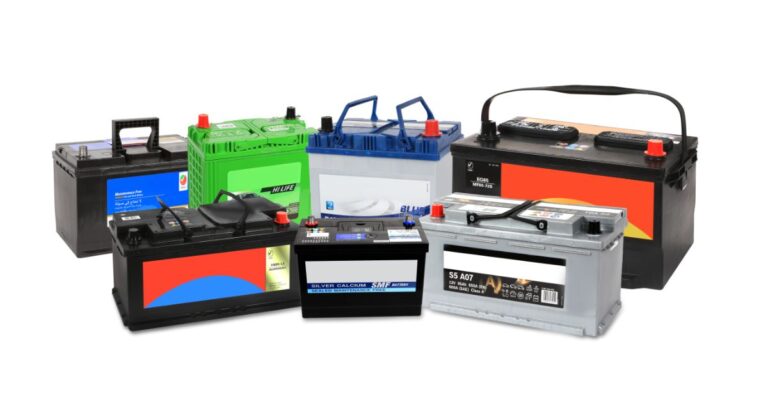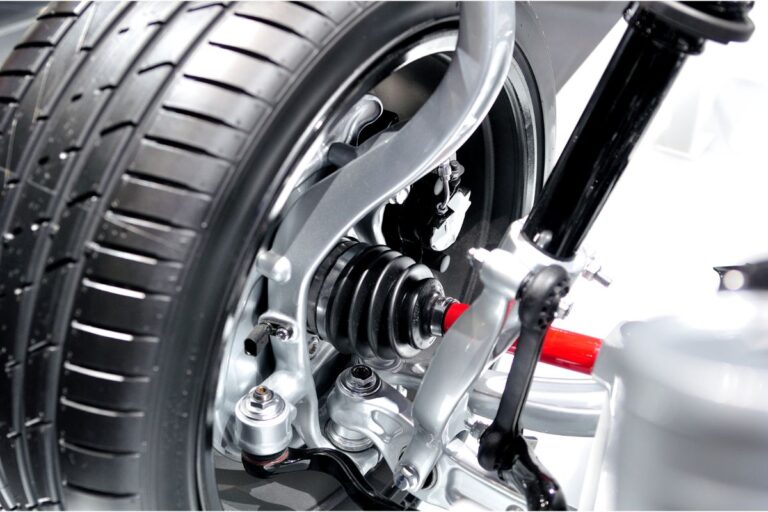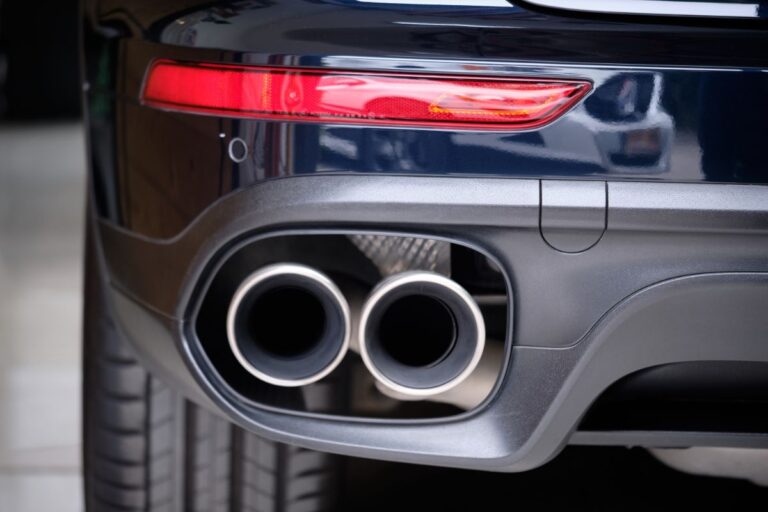
Whether you want to replace your wheels or upgrade them to a larger size, you’ll need to measure the wheels first.
Larger wheels offer improved traction and grip, better cornering and braking, plus many people think that larger alloy wheels improve vehicle appearance. You need to measure your wheels though to make sure that what you want will fit into your wheel well.
How Do I Correctly Measure My Wheel?
You need to determine the diameter, width, offset, backspacing, and bolt patterns before buying new wheels for your wheels.
Let’s take each measurement one at a time. You can take these measurements in inches or millimeters. You’ll need to take the wheel off of your vehicle to make these measurements.
Measuring Wheel Diameter

The wheel diameter consists of two measurements – the overall wheel diameter and the actual wheel diameter.
Using a tape measure, measure from one outside lip to the other on the wheel to obtain the overall wheel diameter. To obtain the actual diameter, measure from the interior of the wheel barrel.
Measuring Wheel Width
Measuring the wheel width, also called rim width, means measuring the distance between bead seat points of contact between the wheel and tire. Typically, this measurement ranges between six to 14 inches. Keep the hook of the tape measure inside the wheel’s rim.
Measuring Wheel Offset

You’ll end up with three offset measurements – a positive, a negative, and a zero offset. In regard to wheels, the term offset refers to the distance from the wheel’s center line to the hub mounting surface. Take this measurement in millimeters.
The term centerline refers to the distance to the mid-point of the two bead points. Measure this, then mark the location of the center line with a permanent marker. Measure the distance from the mounting surface to the center line.
Each offset describes a hub mounting surface measurement. The positive offset refers to the face of the wheel, negative to the back of the wheel, and zero to the area even with the wheel’s centerline.
Measuring Wheel Backspacing
The term wheel backspacing refers to the distance from the point at which the hub section of the wheel and hub surface of the car contact at the wheel’s back lip.
Take this measurement in inches. This measurement describes the clearance the wheel will have in the wheel well and how much of the wheel will show past the fender.
Look Up Your Bolt Pattern

You don’t measure the bolt pattern; you look it up. The term bolt pattern refers to the numeric indicator of the number of bolt holes, also called studs, the vehicle has and the diameter of the circle those bolts form.
For example, 5×4.50 indicates five bolt holes with a diameter of the circle that they form equaling 4.50 inches.
Frequently Asked Questions
With the measurements of the existing wheels and the vehicle’s owner’s manual, finding the right wheels proves easy. You may still have questions. This section addresses the most common questions.
Can I put a bigger size of wheel on my car?
Maybe. You need to look up the maximum wheel size in the vehicle owner’s manual. Your manual tells you if your vehicle can fit a larger wheel. Larger wheels can impair driving.
Your wheels need to turn without the tires rubbing on the inside of the fender and wheel well because that would rub the rubber off and tear the tire. Other negative effects can occur, such as impacting your drivetrain performance, impairing the vehicle’s handling, and lowering fuel efficiency.
Is there a shortcut to finding the wheel size? Do I have to measure everything by hand?

Besides your owner’s manual, you can typically look this information up in three different locations on your car. The information typically appears on a sticker that’s marked “manufacturer-recommended tire size” or “tire fit guide.”
Look on the inside of the fuel tank cover, the inside of the glove compartment on the door, and on the door jamb of the driver’s side.
In one of these locations, you’ll find a series of letters and numbers that looks something like P205 /55R16_91v. The part you need to know about your wheel size appears about two-thirds of the way through the mass of characters.
The “R16” tells you that your vehicle has radial tires (the R) and your vehicle’s OEM rims measure 16 inches. Only your owner’s manual tells you the maximum size of wheels your vehicle can take though. If you can’t find yours, search online for a copy.
Does getting larger wheels mean buying new tires?
Yes, it does. You can’t stretch a 16-inch tire to fit 17- or 18-inch wheels, so those snazzy new 18-inch alloy sports wheels you bought mean you need to go tire shopping. Take the owner’s manual with you because you’ll need tire information from it, too.

